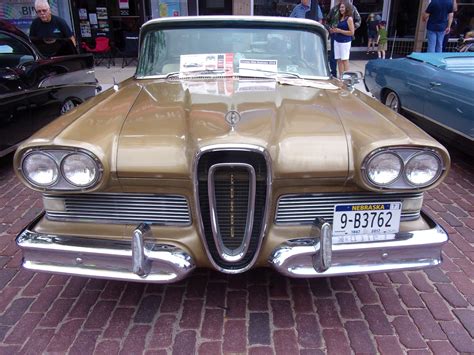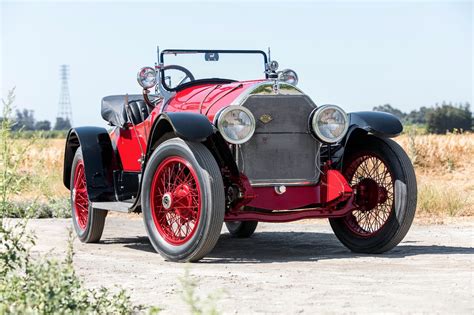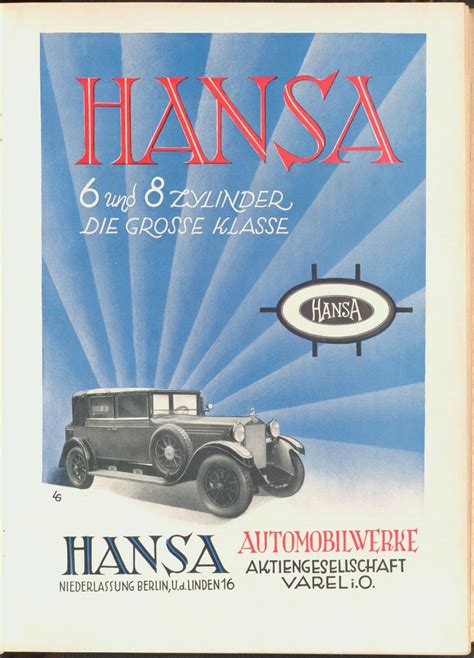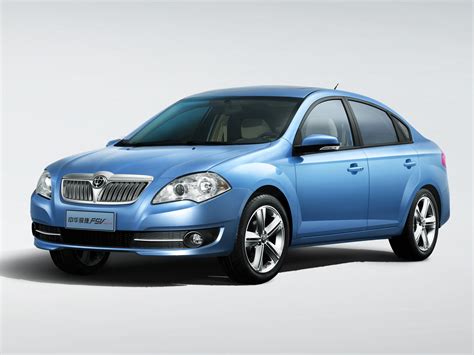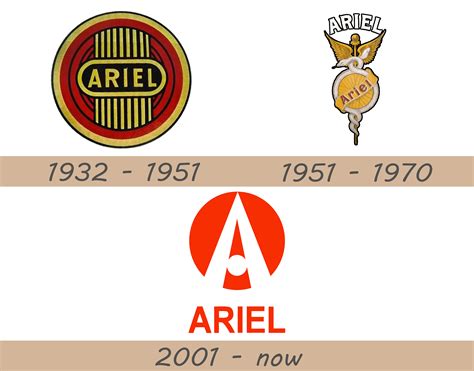Explore the rise and fall of the Edsel brand, from its origins to marketing strategies and eventual demise. Learn from the story of this iconic automobile.
The Origins of Edsel
Contents
The Edsel car company had its origins in the late 1950s, when the Ford Motor Company set out to create a new brand that would fill the gap between their popular Ford and Mercury lines. The idea was to offer a mid-priced car that would compete with General Motors’ Buick and Oldsmobile models. Ford named the new marque after Edsel Ford, the company’s former president and son of founder Henry Ford. The development of the Edsel brand began in 1955, with the company investing millions of dollars into research and design for the new line of vehicles.
One of the key factors that influenced the creation of Edsel was the desire to appeal to a more upscale market. Ford recognized that there was a growing segment of consumers who were looking for more luxury and style in their vehicles, and saw an opportunity to capitalize on this demand. The company aimed to differentiate Edsel from the Ford and Mercury brands by offering unique design features and higher-quality materials, positioning it as a more prestigious option in the automotive market.
In addition to the emphasis on luxury, Ford also sought to incorporate innovative technological advancements into the Edsel line. This focus on cutting-edge features and engineering set the brand apart from its competitors and helped to create a distinctive identity for Edsel in the automotive industry. The company’s commitment to delivering a premium driving experience helped to shape the brand’s image and set the stage for its official launch in the following years.
By understanding the origins of Edsel, we can gain insight into the motivations and aspirations that drove the creation of this iconic brand. The vision to establish a new line of vehicles that would cater to the desires of a more discerning consumer base ultimately laid the foundation for Edsel’s entry into the competitive automotive market.
Development of Edsel’s Image
History of Edsel Car Company
The development of Edsel’s image was a crucial aspect of the car company’s journey. The brand was positioned as a high-quality, mid-priced vehicle, aiming to attract a more sophisticated and discerning consumer base. To achieve this, Edsel implemented a comprehensive branding strategy that included sleek and modern vehicle designs, sophisticated advertising campaigns, and strategic partnerships with prominent figures in the arts and entertainment industry.
One of the key elements of Edsel’s image development was the focus on innovation and cutting-edge technology. The company introduced several new features and design elements that set their cars apart from the competition. This emphasis on innovation helped to shape the brand’s image as forward-thinking and progressive, appealing to consumers who valued quality and innovation in their vehicles.
In addition to product design and innovation, Edsel also focused on creating a sense of exclusivity and luxury around their brand. The company carefully curated their advertising and marketing materials to convey a sense of sophistication and elegance, positioning Edsel as a symbol of status and success.
Overall, the development of Edsel’s image was a multi-faceted and carefully strategized effort that aimed to position the car company as a premium, innovative, and aspirational brand within the automotive industry.
Launch and Initial Reception
The launch of the Edsel car company was highly anticipated by the public and the automotive industry. People were curious to see what this new brand had to offer in terms of design, performance, and features. In September 1957, the first Edsel models were officially introduced to the market, amidst a big advertising campaign and high expectations from the Ford Motor Company, which was the maker of the Edsel.
However, the initial reception of the Edsel was not as successful as Ford had hoped. The public was underwhelmed by the new cars, as they were not significantly different from other existing models in the market. In addition, there were some quality control issues with the early Edsel cars, which further tarnished the brand’s reputation. As a result, sales were disappointing, and the company quickly realized that the launch did not have the impact they had anticipated.
Despite the initial setbacks, the Edsel company continued to work on improving its product and image. They implemented changes to the design and quality control processes, and launched new marketing campaigns to try and regain the trust and interest of the public. However, the reception of the Edsel never fully recovered from the disappointing launch, and the brand struggled to establish itself as a popular and successful player in the automotive market.
Marketing and Advertising Strategies
One of the main marketing and advertising strategies used by the Edsel car company was to create a sense of exclusivity and luxury surrounding their vehicles. The brand aimed to position itself as a high-end option for consumers who sought elegance and sophistication in their cars. This strategy was reflected in the sleek designs and premium features of the Edsel models, as well as the carefully curated marketing campaigns that highlighted the prestige associated with the brand.
Additionally, Edsel implemented a targeted advertising approach, focusing on reaching their desired consumer demographic through specific channels. The company invested heavily in print advertisements in high-end lifestyle magazines, as well as sponsoring events and galas that catered to affluent and influential individuals. This strategy aimed to align the Edsel brand with the values and aspirations of their target audience, effectively shaping a desirable image for the company.
In terms of promotional tactics, Edsel utilized innovative and attention-grabbing marketing techniques to set their vehicles apart from competitors. The company introduced unique features such as the iconic teletouch transmission system, which garnered significant attention in advertisements and served as a distinctive selling point for the brand. By emphasizing these standout elements in their promotional efforts, Edsel sought to differentiate themselves in a crowded automotive market and capture the interest of potential buyers.
Moreover, Edsel implemented a comprehensive dealership training program to ensure that their sales representatives were equipped to effectively communicate the brand’s value proposition to consumers. This focused approach to sales and marketing aimed to elevate the customer experience and reinforce the premium positioning of Edsel vehicles in the eyes of potential buyers.
The Demise of Edsel
The demise of Edsel can be attributed to a combination of factors, including poor planning, mismanagement, and economic downturn. Despite the initial excitement and hype surrounding the launch of the Edsel brand, it failed to live up to the expectations of Ford executives and consumers alike. The lackluster sales figures and negative reviews led to a swift decline in the fortunes of Edsel, ultimately leading to its demise.
One of the key reasons for the demise of Edsel was the oversaturation of the automobile market at the time. With other major car manufacturers also introducing new models and fierce competition, Edsel struggled to find its footing and failed to make a mark in the industry. This lack of market differentiation and unique selling points contributed to its downfall.
Additionally, the high production costs and expensive marketing campaigns put a strain on Ford‘s finances, further exacerbating the situation. The company faced significant financial losses as a result of the failure of Edsel, leading to a decision to discontinue the brand altogether.
Furthermore, the negative consumer perception and brand reputation further compounded the challenges faced by Edsel. With the brand being associated with failure and disappointment, consumer confidence in Edsel dwindled rapidly, leading to a sharp decline in sales and market share.

